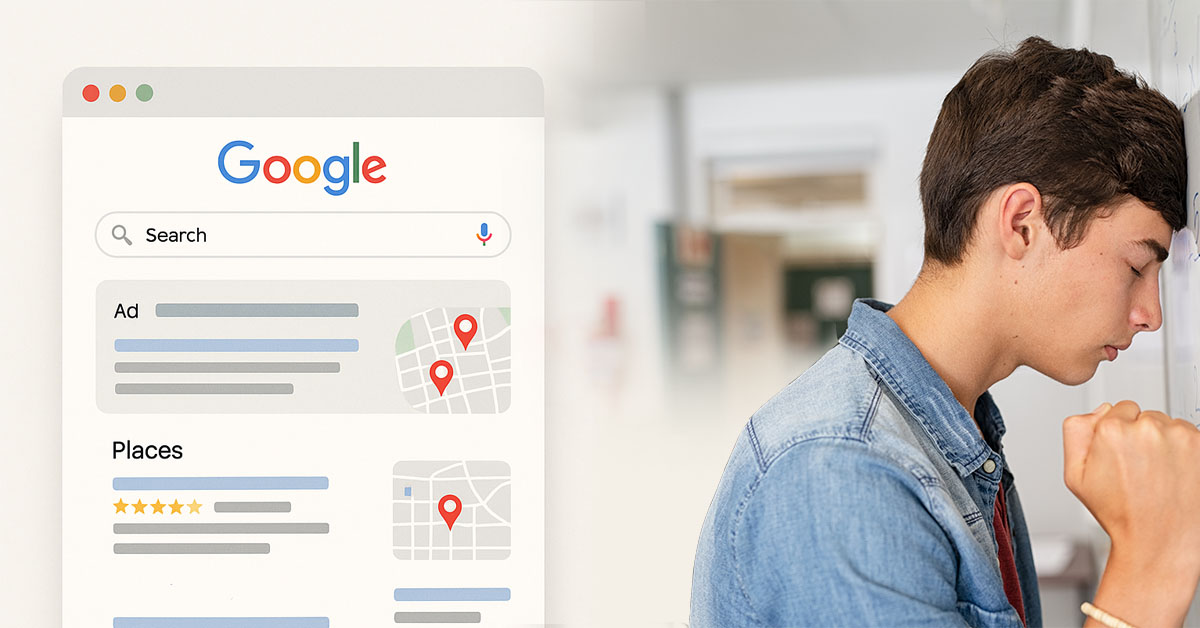If you’ve been told SEO is the key to getting found online, you’re not alone. For years, ranking on Google meant free traffic, new leads and steady growth.
It’s not that simple anymore.
Many small business owners are following the same SEO advice they heard five years ago — and wondering why it’s not working. The truth is, SEO hasn’t stopped working … it’s just changed. And if your marketing hasn’t evolved with it, you’re leaving money on the table.
Let’s break down what’s different now — and what actually works.
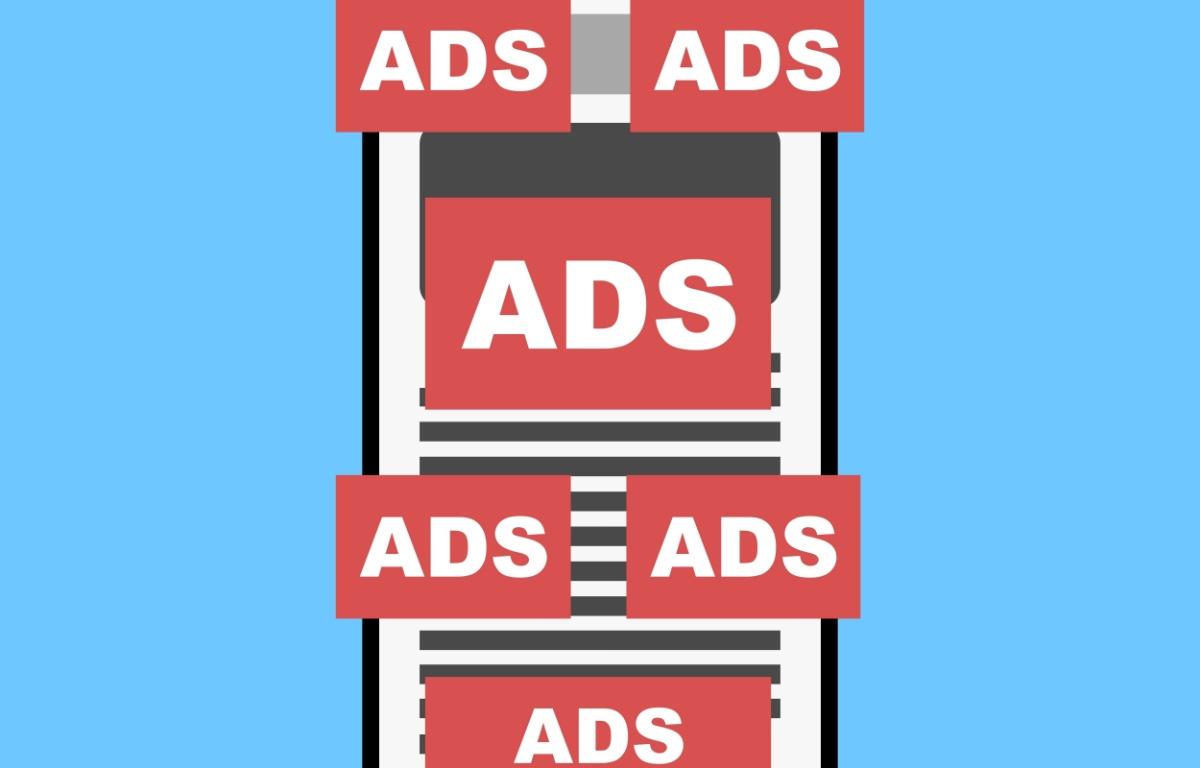
1. Google is crowded with ads and AI
Getting the top organic spot used to be the ultimate win. But now, that “top spot” often appears below paid ads, map listings, shopping carousels and AI-generated summaries.
In other words, even if your SEO is perfect, your business might not even show up above the fold. If your traffic has dropped, it may not be your site — it’s the way Google is now structured.
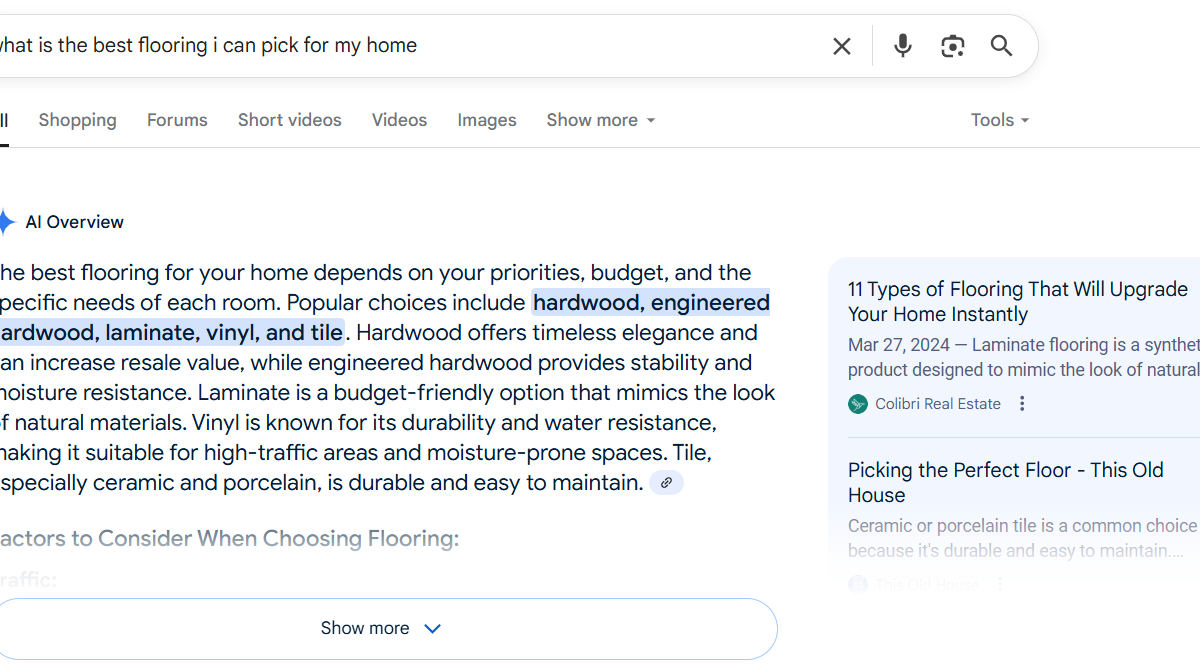
2. People are clicking less — even when you rank
Today, Google gives more answers directly in search results — with featured snippets, “People Also Ask” boxes, and now AI-powered Search Generative Experiences (SGE).
These features mean more people are getting the info they need without ever clicking your link. So if you’re only tracking rankings but not conversions, it’s easy to think SEO is failing you — when really, the game has shifted.
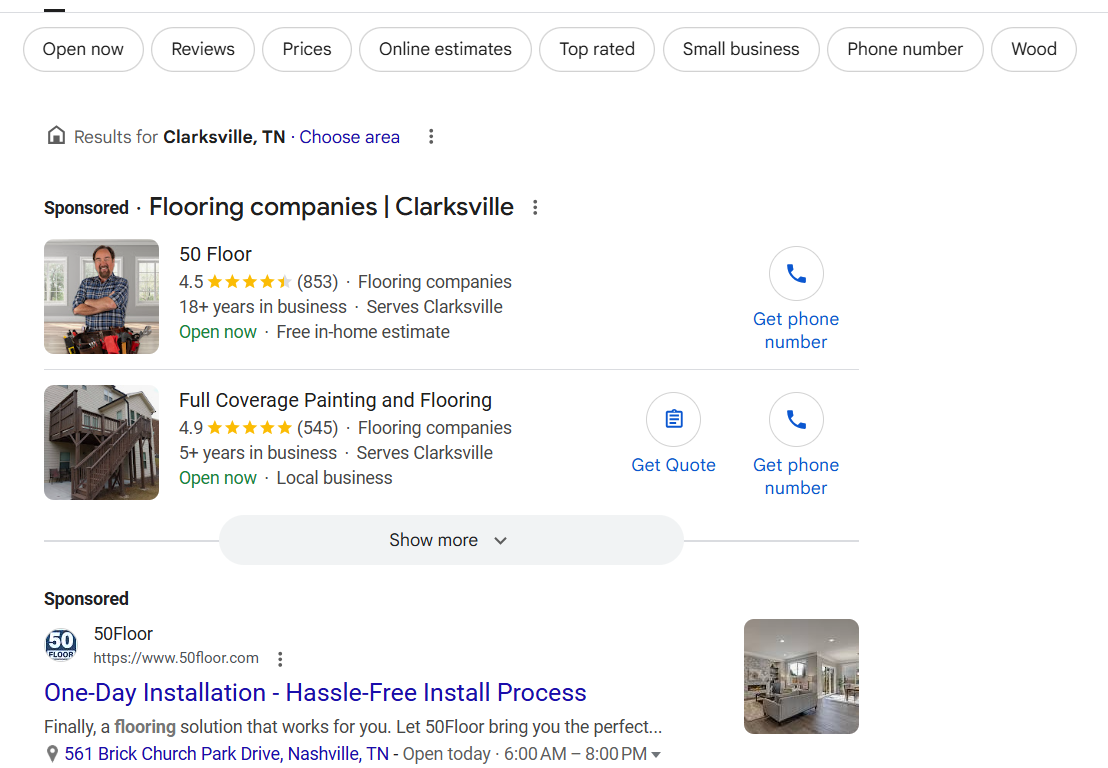
3. People still use Google — but you have to pay to play
Yes, platforms like TikTok, YouTube and Reddit are rising. But Google is still the go-to place when someone is actively ready to buy. The challenge is: SEO alone often isn’t enough to get visibility anymore. Between ads, maps and AI previews, your organic listing is likely getting buried.
That’s where Google Pay-Per-Click (PPC) comes in. With PPC, you’re not waiting on an algorithm to favor you. You’re choosing the keywords, targeting the right people, and showing up exactly when your customers are ready to act.
If you want guaranteed visibility and high-intent traffic, PPC is one of the best tools available — and works best when paired with strong SEO.
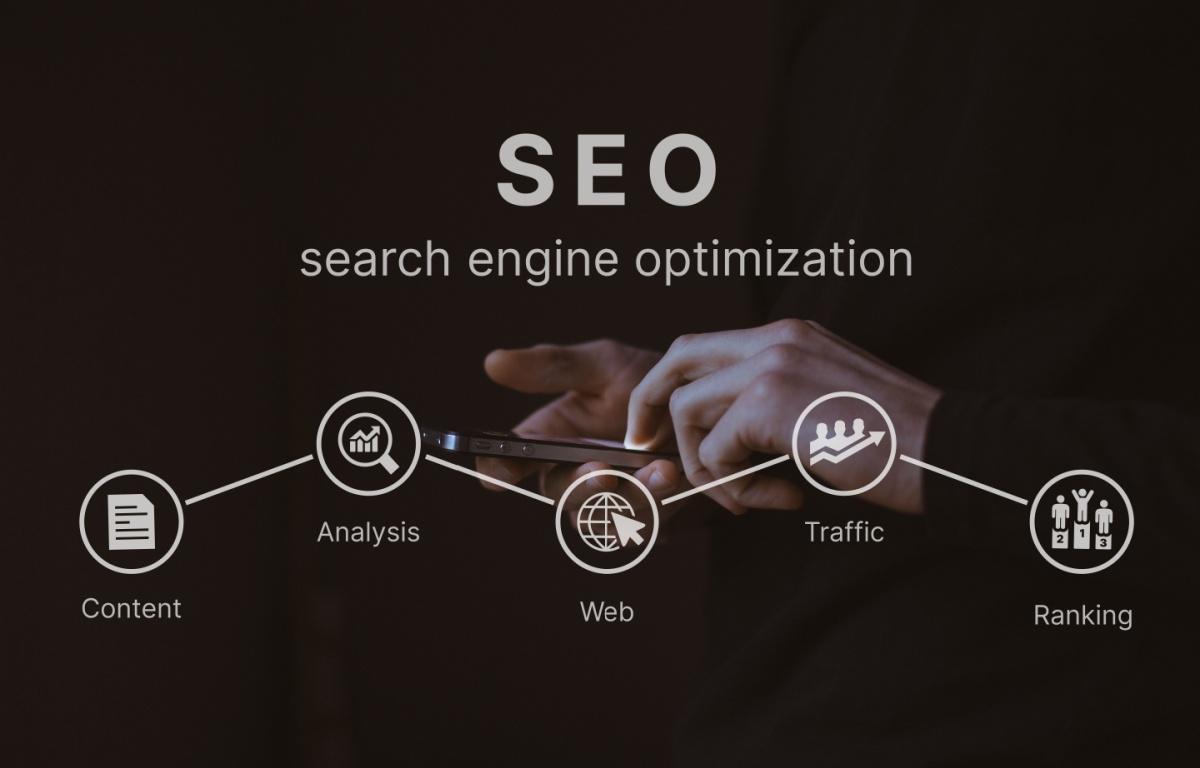
4. SEO isn’t a shortcut anymore
In the past, a few keywords and backlinks could get you to the top. Today? Google’s algorithm is smarter — and more competitive.
Now it’s about:
- Quality content
- Good user experience
- On-site engagement
- Real trust signals (like reviews and time-on-site)
SEO still works, but it’s slower, more complex, and no longer a quick fix. You have to play the long game — or balance it with quicker wins from PPC and retargeting.
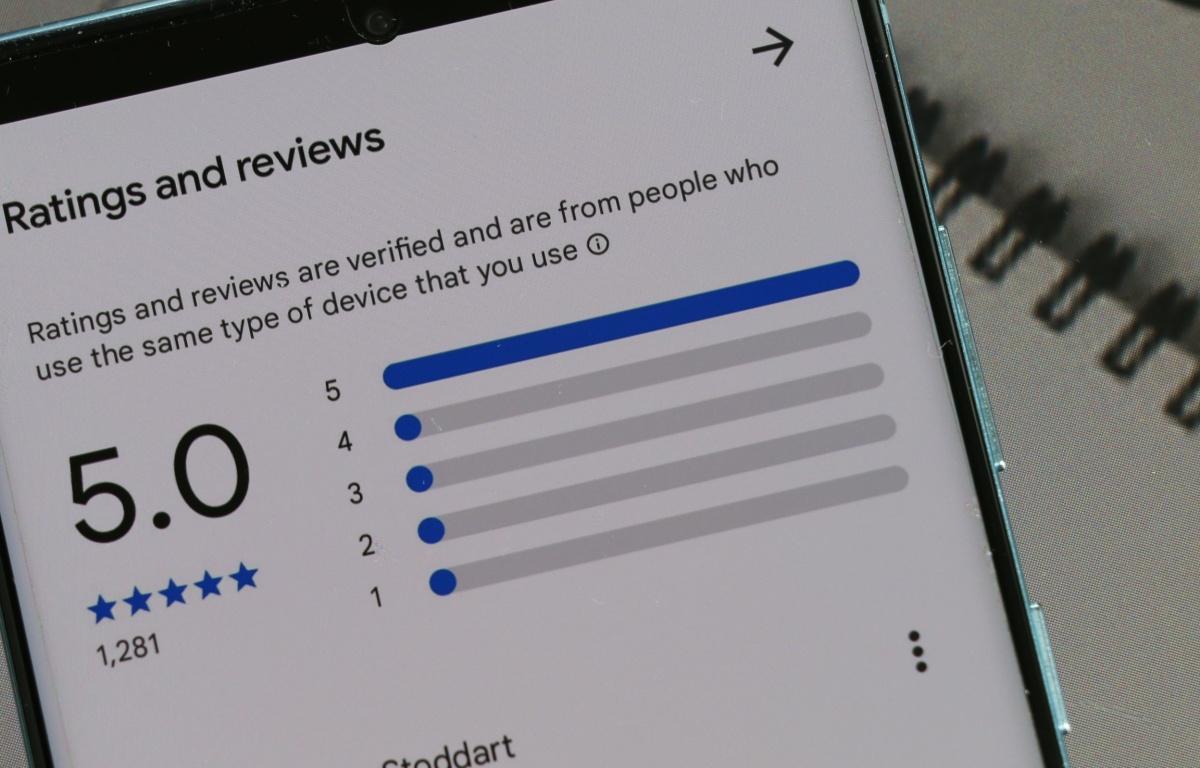
5. Branding and reputation matter more than keywords
Google cares about more than keywords. It’s watching how users interact with your site:
- Do people click on your result?
- Do they stick around or bounce?
- Do they come back again?
This means having a polished website, strong reviews, and real brand trust now outweighs small SEO tricks. If you’re building a recognizable, trustworthy presence — you’re building long-term ranking power.
So what should small business owners do?
Instead of relying on SEO alone, the most successful businesses in 2025 are using a blended strategy:
- Google PPC ads to show up instantly.
- A strong top-of-funnel mass messaging tactic for brand recognition, such as radio or display ads.
- A modern website that converts visitors into customers.
- Email and retargeting to stay top of mind.
- Quality content that earns trust (and rankings) over time.
Final thought
SEO isn’t dead — but the days of it being your only online strategy are over.
If you’re tired of waiting for results or wondering why your traffic dropped, it’s time to take control. PPC gives you immediate visibility, and pairing it with smart SEO, branding, and conversion strategy is how you win today.
Need help pulling that strategy together?
Let’s talk — this is exactly what we do.

